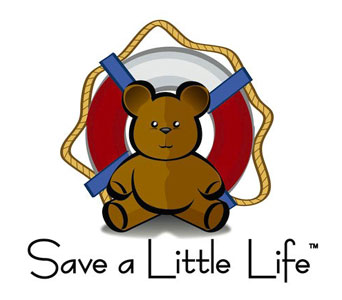CHOKING PROTOCOLS – Are Anti-Choking Devices the Best Option?
Choking is a very real threat and scary issue when it comes to infants, toddlers, and small children so it’s a rare occurrence if I don’t get questions in a CPR class regarding the use and benefits of anti-choking devices.
In a previous article, De-Choking Devices – Friend or Foe? we looked at some of the possible dangers and misinformation surrounding these devices. However, if you believe the promotions for the so-called Doctor Endorsed “Dechoker” or “LifeVac” anti-choking devices, you’re still likely to feel compelled to run out and get one immediately.
A closer look at the research and official recommendations for a choking baby or child, however, might have you come away with a different opinion.
First of all, it’s worth noting that the FDA’s recommendations do not include any of the above-mentioned devices. That holds true for the American Heart Association and the American Red Cross. Instead, they recommend that the first line of defense be the skills learned in an infant or child pediatric CPR class.
Why?
Responding to an actual complete airway obstruction requires quick action by a family member or trained care provider/nanny. Anyone responsible for the care of your baby or child must be prepared to act immediately and be well-versed in how to do so. Even a paramedic response may not be of any help because time is of the essence.
So, why not rely on an anti-choking device? They look simple enough to use.
In this video, the first in an excellent 4-part series, Dr. Darria Long Gillespie, an ER doctor and mom talks about the issues:
If you are a previous client of Save a Little Life™ you have learned the necessary skills in class. A reminder, the standard protocol is either back blows and chest pushes for an infant or a measured Heimlich Maneuver for toddlers or older children. If you were to discuss this with your pediatrician, she/he would tell you that those skills are the most important responses for complete obstruction.
If those methods do not work, then as a last resort you might consider the use of an anti-choking product.
In every class we preach the following prevention methods which should be part of your daily choking prevention routine, including:
- Do not leave the self-feeder alone during mealtimes
- Once able to crawl or walk do not give them any food or snacks and only do so when in a proper highchair
- Do not provide food or snacks in the car until they are much older
- Try to avoid overreacting to gagging episode(s) but if you feel the need to go into a small mouth, always go in along the cheek line and then sweep across. This will avoid an accidental episode of pushing food into their airway
Again, anyone with care responsibilities for a baby or child must know the proper skills…without exception.
For an in-depth comparison and investigation of the most popular anti-choking devices be sure to view the Dr. Darria’s complete series on this topic: Part 1 | Part 2 | Part 3 | Part 4
If you’re interested in refreshing your CPR skills or are a first-time parent wanting to learn, please contact us for more information
VISIT OUR CALENDAR FOR UPCOMING CLASSES



